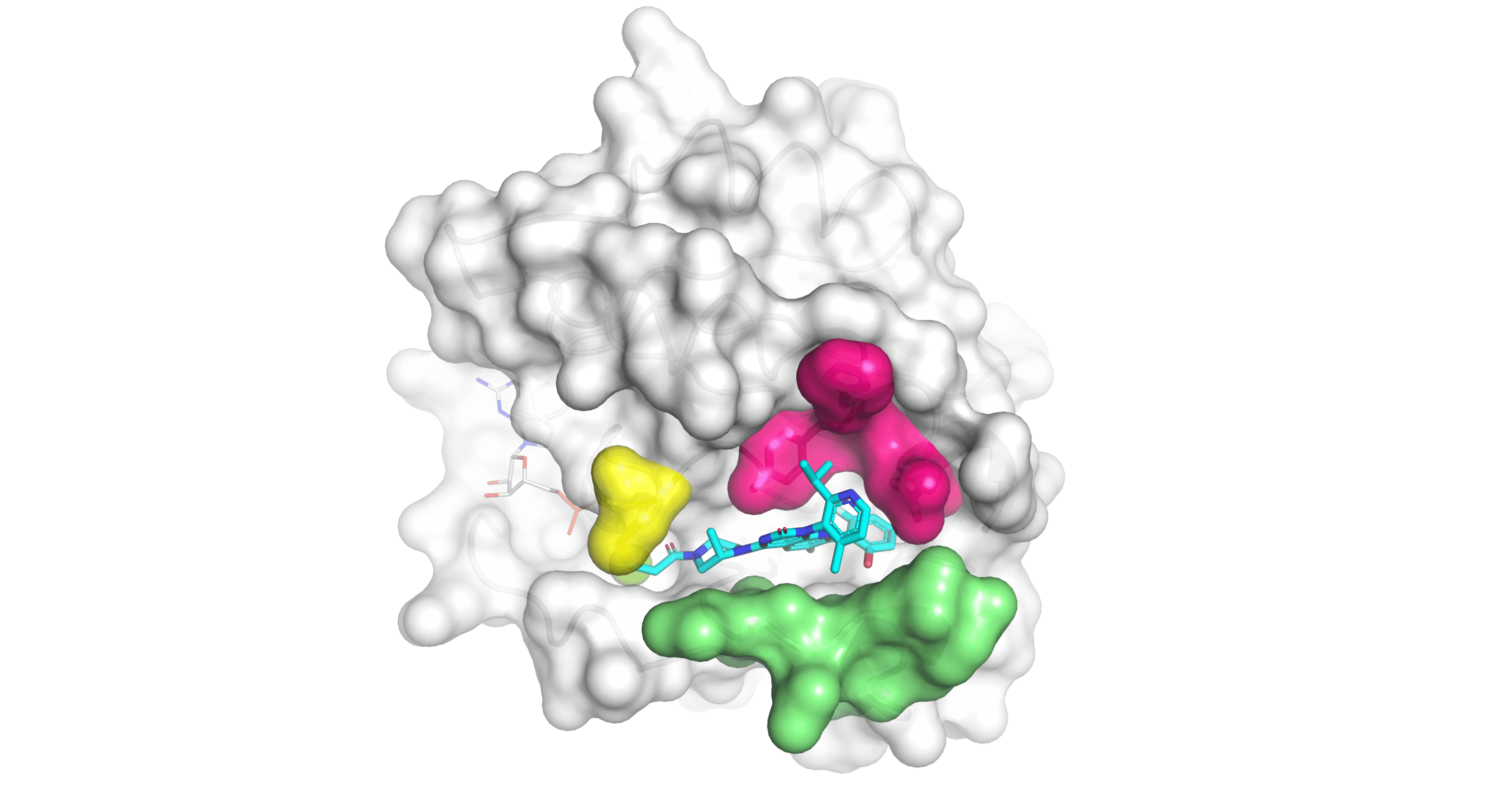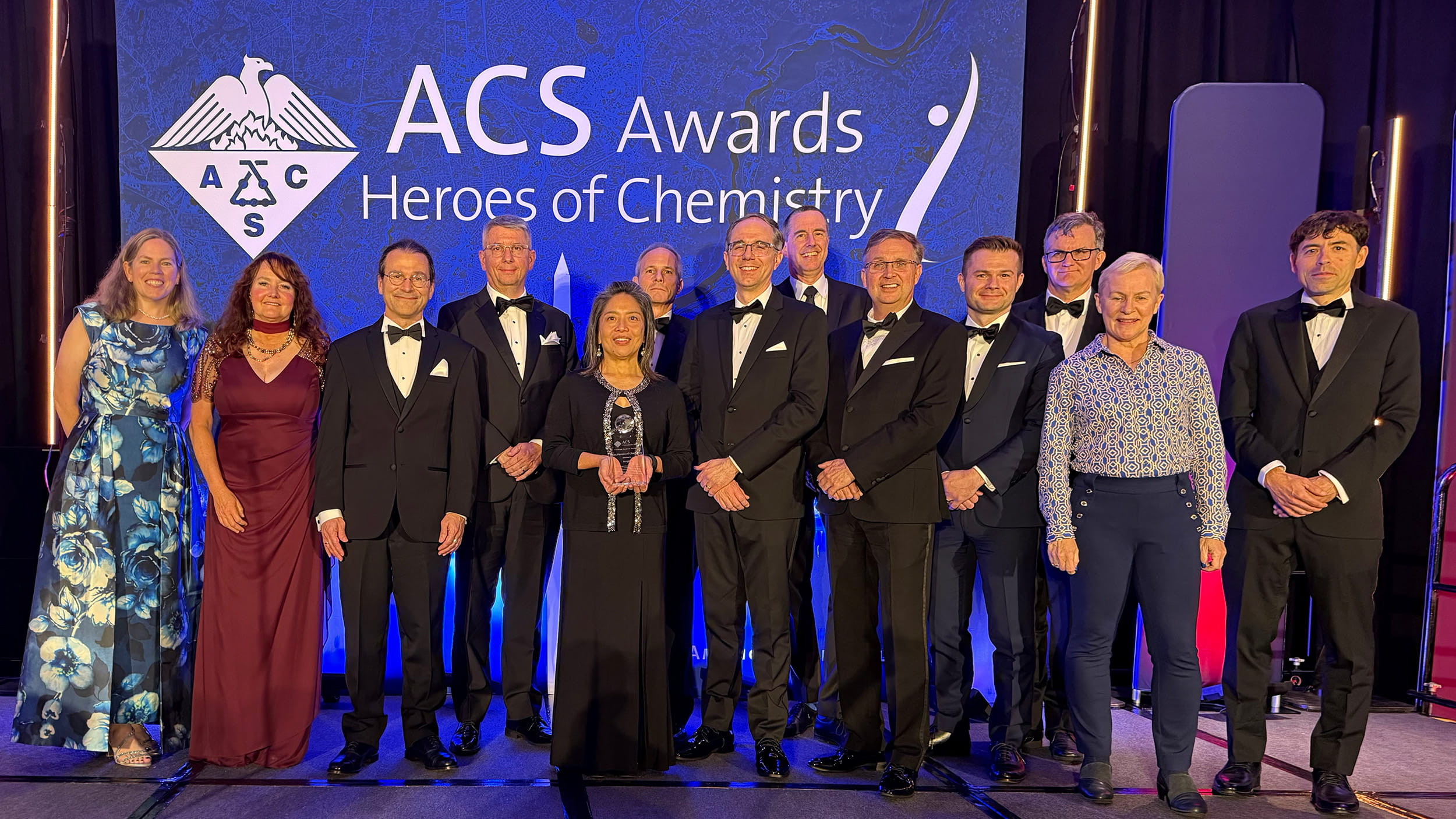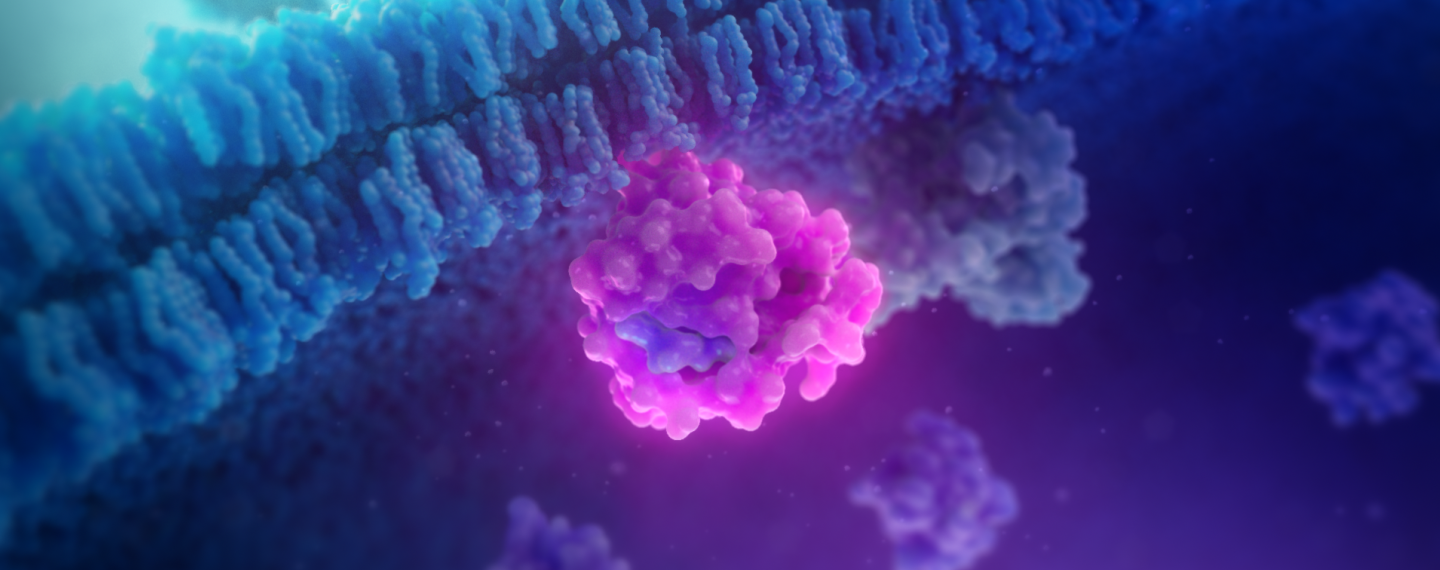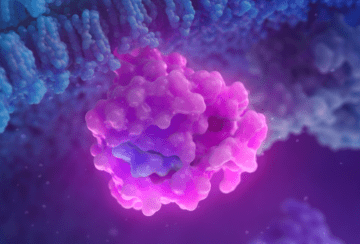Summary:
- KRAS mutations are among the most common drivers of cancer but were long thought to be undruggable targets for therapeutic development.
- More than a decade of relentless scientific pursuit, resilience and creative problem-solving by Amgen scientists led to the first approved medicine that directly targets KRASG12C.
- This breakthrough, recognized by the American Chemical Society's Heroes of Chemistry award, underscores the power of targeted therapies and purpose-driven science to benefit patients.
When the FDA approval came through, Margaret Chu-Moyer's phone wouldn't stop buzzing. Chu-Moyer, vice president of Research at Amgen, had just landed when the news dropped – texts, emails, LinkedIn messages all poured in. One former colleague shared that his mom had just been diagnosed with lung cancer. Another said the same about her mother. Now, there was finally a potential new treatment option for patients like them.
That moment captured the significance of what Amgen had accomplished: the first approved therapy to directly target the protein coded by KRASG12C, a cancer-related gene that stumped scientists for over 40 years.
KRAS and Cancer
KRAS mutations are among the most common drivers of cancer. This mutation plays a major role in helping tumors grow and survive, especially in lung, colon and pancreatic cancers. But for decades, scientists could not figure out how to turn off this mutant protein. Specifically, the structure of the mutant KRAS protein lacked the deep binding pockets typically needed for a drug to bind and inhibit it.
Amgen began exploring KRAS after learning that one of its cancer therapies worked only in patients whose tumors did not have a KRAS mutation. That realization underscored the need to solve one of oncology's longest-standing puzzles.
From Hypothesis to Breakthrough
"KRAS was thought to be this very smooth, tennis ball-looking protein that just had no place for a molecule to gain a foothold," said Chu-Moyer. "But our team was intrigued by this question: could a medicine be designed to bind the mutated form of KRAS in tumors without affecting the wildtype, or normal, form in healthy cells? It was a bold idea, but one worth testing."
Soon thereafter, Kevan Shokat, PhD, a Professor in the Department of Cellular and Molecular Pharmacology at the University of California, San Francisco, published results that supported a similar idea. His lab showed that the KRASG12C mutation might provide a handle for drugs to target. That academic insight was consistent with work already ongoing by Amgen scientists. Still, many years of work lay ahead for Amgen researchers to develop an effective KRASG12C inhibitor.

This image represents the mutant KRASG12C protein with Amgen's small-molecule inhibitor in the binding pocket. The yellow represents the glycine amino acid replaced by cysteine at position 12, which is what the G12C notation refers to. The pink part represents the histidine 95 amino acid cryptic pocket discovered by the research team that played a key role in the drug's potency. The green-labeled part of the protein represents the switch-II pocket, a flexible region in KRAS.
Amgen's team kept pushing. They fine-tuned a molecule that could irreversibly latch onto the mutated KRASG12C protein and lock it in the inactive state.
"The molecule has to be positioned exquisitely to come in at the right angle to potently bind KRASG12C ," said Chu-Moyer. "And this has been a challenge." The team had to optimize potency and pharmaceutical properties to deliver a molecule that eventually moved into the clinic. That molecule suppressed tumor growth in certain patients with advanced KRASG12C -mutated non-small cell lung cancer. This selectivity also showed the importance of biomarker testing to help identify patients who are most likely to benefit from targeted therapies like KRASG12C inhibition.
In 2021, the FDA granted accelerated approval for the treatment of patients with KRASG12C -mutated locally advanced or metastatic non-small cell lung cancer who have received at least one prior systemic therapy. It was the first-ever drug designed to directly target a mutant KRAS protein and an important moment not just for Amgen, but for cancer research as a whole.
The medicine was later fully FDA approved as part of a combination therapy for certain patients with KRAS G12C -mutated metastatic colorectal cancer.
What made this achievement even more notable was the remarkable sense of urgency that drove Amgen's Research and Development teams every day.
Only eight years had passed from the identification of a druggable opportunity in the KRASG12C protein to the therapy's initial FDA approval. In the world of cancer drug development, that's remarkably fast. It was a clear reflection of Amgen's ability to integrate discovery research, clinical development and regulatory strategy with urgency.
Amgen's work did not end with KRASG12C . The company is actively developing a pan-KRAS inhibitor, AMG 410, designed to target multiple mutations in both mutated and normal forms of the KRAS protein, while sparing proteins in the same family as KRAS (NRAS and HRAS), that have similar activities. The plan is to test AMG 410 in patients with colorectal, pancreatic and lung cancers.
A Defining Moment
Amgen's success in targeting KRAS shows what is possible when science, persistence and purpose come together. What began as a high-risk, exploratory program became the foundation for a new class of targeted therapies and a broader push across the industry to drug what was once thought undruggable.

The Amgen team at the American Chemical Society’s Heroes of Chemistry award ceremony.
This breakthrough recently received the American Chemical Society's Heroes of Chemistry award, honoring the members of the team. The award recognized the scientific and technical work behind the development of the first approved therapy targeting KRAS and celebrated its potential to transform cancer care for patients worldwide.
For Chu-Moyer, she said her defining moment happened when she landed and took her phone out of airplane mode, and it lit up with messages from colleagues whose families were affected by cancer - some with the very mutation she helped target. At that moment, she thought: This is why we do this.





